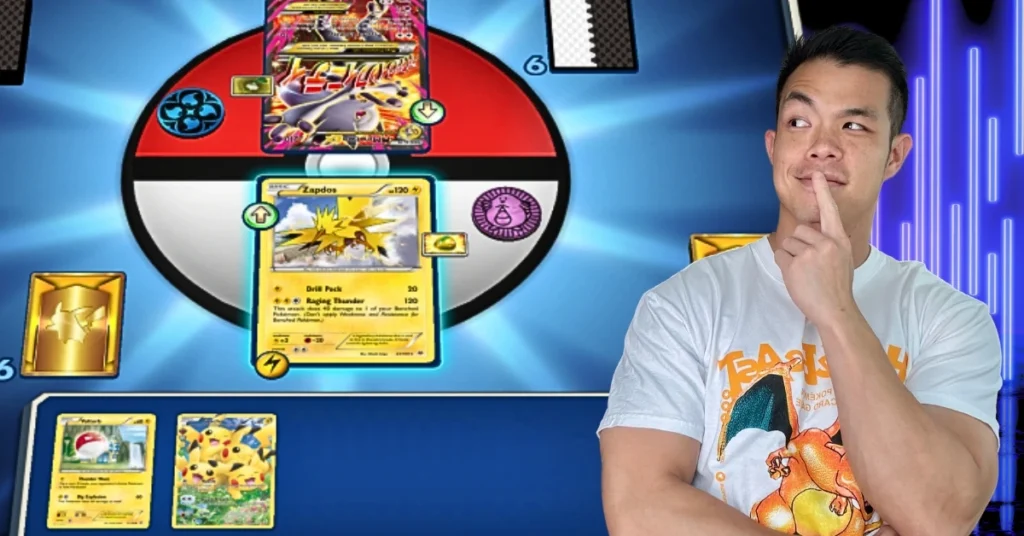The Pokémon TCG Active Spot refers to the card position in the middle of the battlefield that sits in front of the bench. Learning how to manage the Active Spot properly allows you to outplay your opponent.
Every Pokémon TCG match has a single place where all the action happens- the Active Spot.
Here, your Pokémon takes centre stage as it trades blows with the opponent.
If you want to play the game properly, win more battles, and put an end to seeing your Pokémon take a beating, you need to learn how this key position works..
We’ll explain what the Active Spot is, the rules you should be aware of, and the best ways to use it strategically to your advantage.
Let’s level up.
Key Takeaways
What Is The Active Spot?
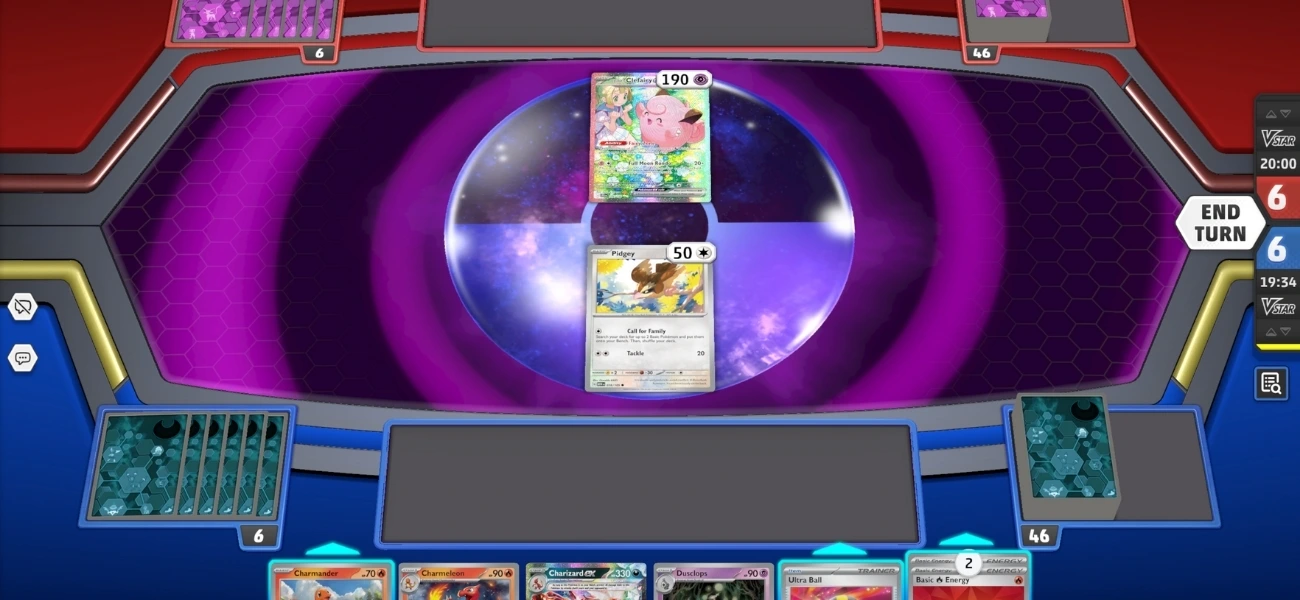
Some of the phrases related to the Active Spot can be perplexing if you’re learning to play Pokémon cards.
So let’s begin by defining some key terminology:
In the Active Spot, you can attach energy, use Abilities, and all the other things you can do on your turn. But only Active Pokémon can attack.
Key Rules
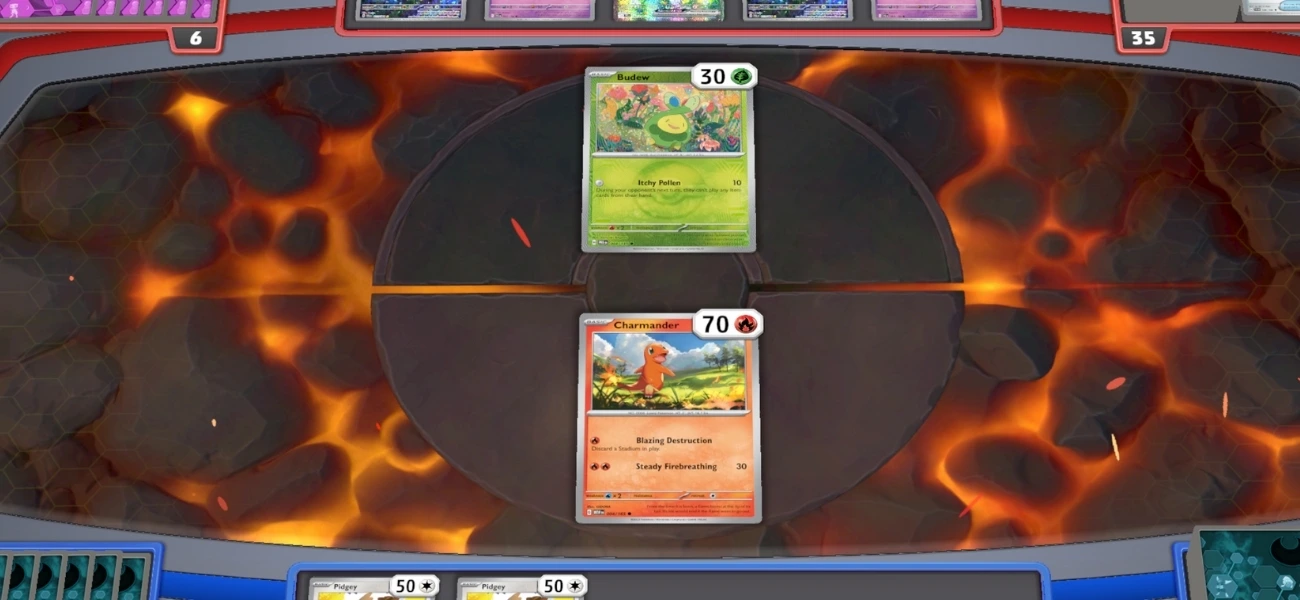
It doesn’t matter what skill level you are, misunderstanding how the Active Spot works leads to misplays and even judge calls in competitive tournaments.
Below, we break down the essential Pokémon TCG Active Spot rules you should know:
1. There must be an Active Pokémon at all times.
If your Active Pokémon gets knocked out, you need to bring a benched Pokémon to replace it.
Active KO’d and no more benched Pokémon? That’s an automatic loss.
2. Only Active Pokémon can attack.
Generally speaking, Pokémon can initiate attacks only when they are in the Active Spot.
This core rule that’s been fairly consistent over the years. Alakazam ex is a notable exception as the first card in Pokémon card history that can attack from the bench.
3. Attacks target the Defending Pokémon by default
Attacks in Pokémon TCG often deal damage as indicated by the large number on the right of the attack.
Damage is always directed towards the Defending Pokémon, unless an attack effect says otherwise.
For example, bench damage and damage counter placement effects (clearly stated with text like “do x damage to one of your opponent’s Pokémon” or “place x damage counters on your opponents Pokémon”) can bypass the Active Pokémon.
Remember to always read attack text carefully.
4. Active Pokémon can retreat once per turn.
Sometimes it makes sense to bring the Active Pokémon away from the action by manual retreating. This is done by paying the Active Pokémon’s retreat cost (in energy cards) to swap it with a Benched Pokémon.
Only one retreat is allowed per turn.
This means you cannot keep on retreating multiple times, even if the new Active Pokémon has the energy cards to pay the retreat cost.
Always be strategic about your retreat.
5. Only Active Pokémon can be affected by Special Conditions.
The 5 Special Conditions– Poisoned, Burned, Confused, Asleep, and Paralyzed- can only be inflicted on the Active Pokémon. Retreating your Active Pokémon to the bench removes all special conditions.
Additonally, evolving your Active Pokémon also removes Special Conditions.
6. Pokémon TCG rules always apply.
Aside from the specific Active Spot rules described above, standard Pokémon TCG rules also need to be followed.
When To Pivot The Active Pokémon
Now you know the basic Active Spot rules- time to level up.
In every battle, there are times when you need to bring your Active Pokémon away from the action.
Here’s when you may need to bring your Active Pokémon back onto the bench:
Now let’s learn how to Pivot the Active Pokémon.
Ways To Pivot The Active Pokémon
Watch a skilled player and you’ll see them constantly rotating Pokémon in the Active Spot to control the match. It’s a big part of high-level play, letting fresh Pokémon move in and bringing weakened Pokémon to safety.
Players (both you and your opponent) who cannot get the right Pokémon in and out of the Active Spot are at a big disadvantage.
Here’s how to control the Active Spot like a pro:
1) Switch Cards.
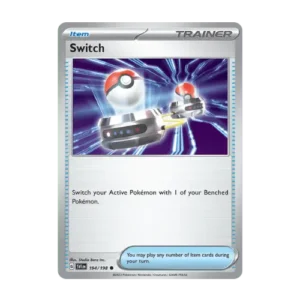
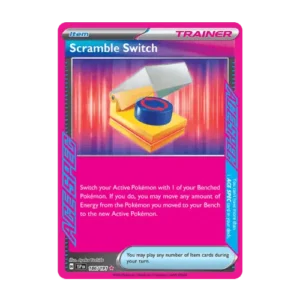
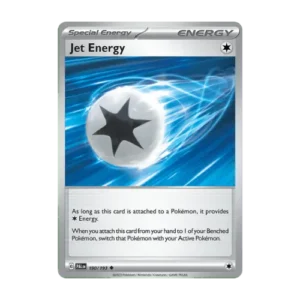
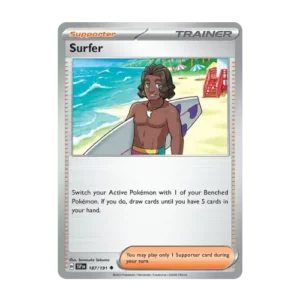
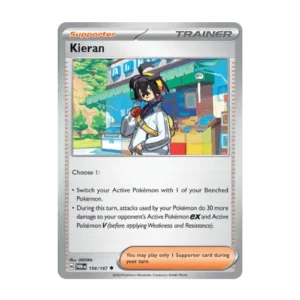
Sometimes your Active Pokémon cannot retreat- you may have already retreated for the turn or simply cannot pay the retreat cost.
Switch cards bring your Active Pokémon back onto the bench without having to manual retreat.
Popular switch cards in the current format include:
Most decks run 2-4 switch cards.
2) Retreat Cost modifiying cards.
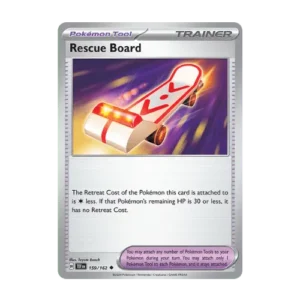
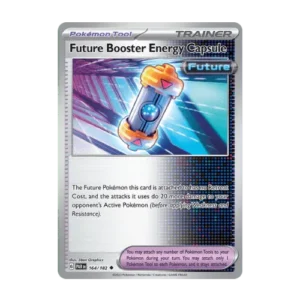
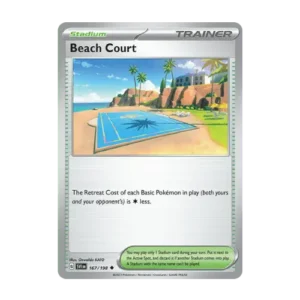
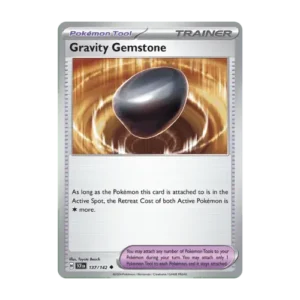
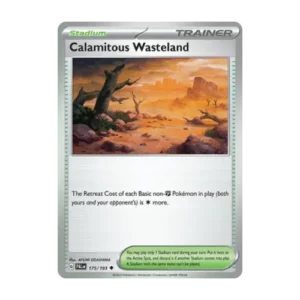
Manual retreats suck- they slows you down and wastes energy resources.
Retreat cost modifiers can take advantage of this by increasing retreat cost on your Active Pokémon or decreasing retreat cost on your opponents.
This can be invaluable for smooth pivots without burning a switch card, as well as trapping your opponents Active Pokémon.
Popular retreat cost modifiers in the current format include:
Most decks run 1-3 retreat cost modifying cards.
3) Gust cards.
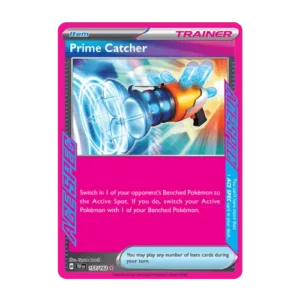
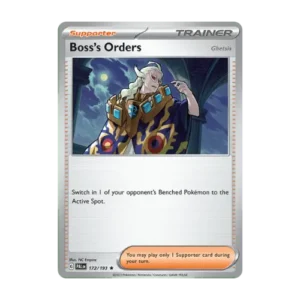
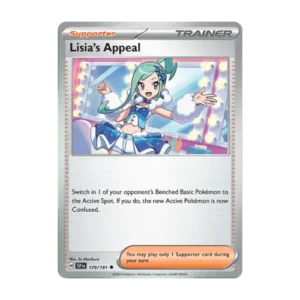
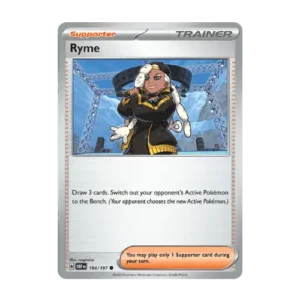
In Pokémon TCG, gusting means forcing one of your opponent’s Benched Pokémon into the Active Spot.
Gusting has many strategic benefits like trapping something with high retreat cost in the Active Spoty or taking a strategic knockout.
Great for you. Bad for your opponent.
Popular gust cards cards in the current format include:
Most decks run 3-5 gust cards.
Conclusion
The Active Spot is the beating heart of every Pokémon TCG battle. Whether you’re building your first deck or tuning a championship list, how you manage your Active Pokémon could be what wins or loses the match.
So it’s worth learning the rules and nuances!
FAQ
Kalam is a PTCG gameplay expert and content creator. He started playing and collecting Pokémon cards since 1996. When he’s not working, you can find him nerding out on Anime!
Ready To Master PTCG?

